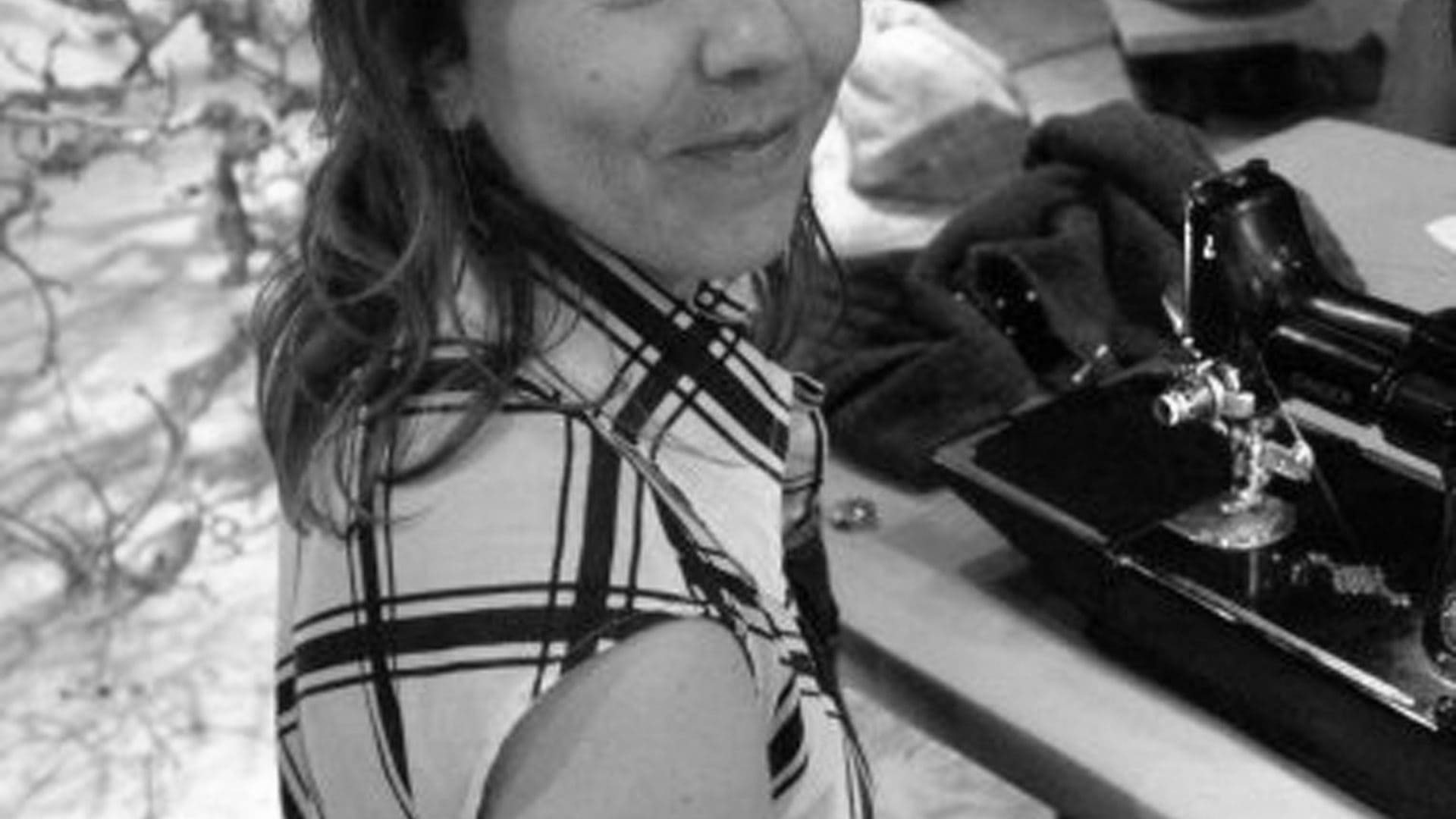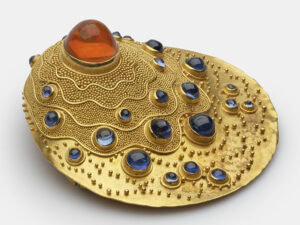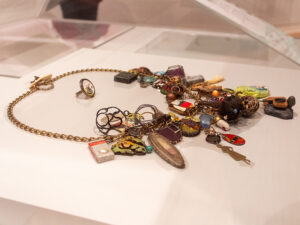Designers on Jewellery: Twelve Years of Jewellery Production by Chi ha paura…? opened last month at the San Francisco Craft + Design Museum and is on display until May 16, 2010. The show marks the jewelry design brand’s twelfth year in the making. Founded by Gijs Bakker, jewelry and product designer and co-founder of Droog Design, together with Italian gallerist Marijke Vallanzasca in 1996, the brand aims to elevate the status of jewelry beyond that of a subordinate decoration or simple accessory. Based in Amsterdam the project is currently directed by co-founder and member of the board, Gijs Bakker, and member of the board, Liesbeth den Besten.

Organized in four parts, the show mirrors the four collections which comprise the Chi ha paura…? jewelry line. The core collection on view was originally launched in April 1997 and is comprised of 22 pieces including such iconic works as the Circle in Circle bracelet designed by Gijs Bakker in 1967 and the Broken Lines ring designed by Emmy van Leersum in 1982. These early works are the exception and the majority of the core collection represents pieces specifically designed for the label by such highly respected members of the jewelry and design fields as Marc Newson, Ron Arad, Otto Künzli and Ruudt Peters.
Following the initial 22 pieces, the label took on a more specific project structure, issuing ‘assignments’ which jewelry and industrial designers were invited to answer in the form of submissions. These assignments – Sense of Wonder, (2002), What’s Luxury? (2005) and Rituals (2007) – are displayed separately within the museum, each one functioning as a small exhibition within the larger whole, having its own unique display tactic and accompanied by its own explanatory text. Sense of Wonder illustrates works that within the concept expressed or the technologies employed are capable of creating a sense of wonder among viewers and wearers. What’s Luxury? asks makers and viewers to think about the meaning of luxury in today’s society. The most current assignment, Rituals, questions the role of tradition within the modern climate and makes room for the possibilities of new rituals.
The nature of this ongoing project dictates that the collection grow with each issued project, meaning that while new, fresh ideas are added, the originals remain as a foundation. It is clear that many of the earlier pieces do provide a strong foundation, adding such prestige that only work that has stood the test of time can offer. Gijs Bakker’s Little Finger (1967) and Rolf Sachs’s Strip (1995) are compelling examples of the clever restraint that has become a benchmark for Dutch jewelry. Design, however, is similar to fashion and operates to some extent in cycles. These cycles run their course, making room for the new and pushing out the old. While certain ‘timeless’ pieces retain their luster, some designs can appear stale and outdated among newer innovations. While this show contains many iconic pieces, bringing to the viewers attention the contribution this label has brought to the field of contemporary art jewelry, others works like Esther Knobel’s Rose (1997) and Hannes Wettstein’s Triller (1997) appear today as irrelevant and awkward.
Despite this criticism, I find the breadth of the project to be a strength. I see no reason, however, for the display of each collection to be re-executed, functioning as a re-presentation of exhibitions that have passed. Frozen in these original displays, the effect is of a dated flashback, making it difficult to clearly view the work. I found the polyurethane hands, made for the launching of the label at the Salone del Mobile in Milan in 1997, to be distracting. The men’s shirts laid out on a round table seemed thrown together, sloppy and a bit gendered. The stands displaying What’s Luxury? looked of poor print quality and aside from transportability, the decision to mount them on what looked like musical instrument stands was perplexing. The large billboard like display of the latest assignment, Rituals, was a noble attempt at the very difficult task of displaying jewelry in a way that communicates its relation to the body, but in execution felt contrived and somewhat like an advertisement.

Many of the collections pieces exemplify the conceptually rigorous mission of Chi ha paura…? Frederic Braham’s Bonbons Tres Bons (2007) appear candy-coated and succinctly touch on complicated issues of a modern way of life mediated by manufactured medicine. Other pieces fell short of such careful conceptual investigation. Marti Guixe’s Gold Key $4 (2002) felt a little like a one-liner. Marc Monzo’s Diamond (2005), an enlarged diamond ring made as a brooch seemed common and predictable and Ron Arad’s Steps (1994) brooch is simply a miniature version of a chair he had already designed, creating something of a souvenir of his work more than a new and thought-provoking piece. With that said, as a jewelry enthusiast and maker, Chi ha paura…? is an exciting project, shining a much-needed spotlight on the field of contemporary art jewelry.




